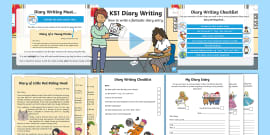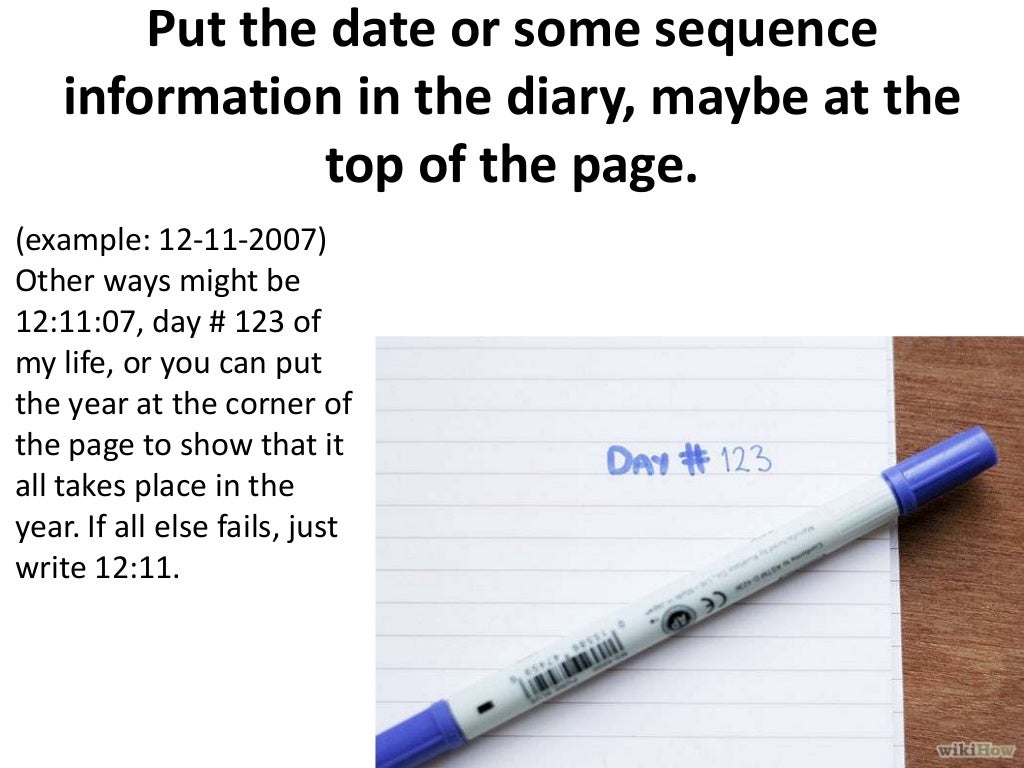Invention ideas are a part of everyone’s life. Whether you’re a young entrepreneur trying to come up with new ideas for your product, or an old pro who’s been thinking about new ways to improve a process, there’s something out there that you could start working on. And in today’s world, there are so many ways to get started.
looking for Diary Entry Template KS1 - English Resources (teacher made) you’ve came to the right page. We have 9 Pictures about Diary Entry Template KS1 - English Resources (teacher made) like Diary Writing | Teaching Resources, Pin on School Work for Kaitlyn and also Diary Entry KS2 | PowerPoint Download to teach KS2 Primary children. Here you go:
Diary Entry Template KS1 - English Resources (teacher Made)

Source: twinkl.co.in
diary ks1 writing resource entry features pack twinkl template english checklist dear.
In everything, big ideas are the life blood of startups. From product design to company culture, big ideas can drive a company to success or failure. And as the increasing number of startups growing into the billion-dollar range shows, it’s important to have big ideas in order to stay ahead of the curve and remain competitive. Here are 5 examples of how big ideas have helped startups achieve success: 1.
Diary Writing KS3 (Year 7)

Source: slideshare.net
diary.
Types of creative art: Illustration, painting, sculpture, poetry, music and dance Creative art can be classified according to its formal, functional and expressive aspects. Formal art is the most complex type, incorporating a range of techniques such as color theory, perspective, composition, design and calligraphy. Functional art is often about expressing ideas or conveying emotions through form and movement. And expressive art allows artists to express themselves more easily than in other types of art.
KS3 Diary Writing Unit | Teaching Resources

Source: tes.com
ks3.
Origins of innovation: How has it been developed over time? Innovation is a process that starts with a problem and then comes up with a creative solution to it. It is the result of creativity and the willingness to learn from your mistakes. Innovation is a key factor in economic growth, according to some experts. The history of innovation can be traced back to ancient Greece, where thinkers such as Socrates and Aristotle were fighting for ideas that would improve society. In China, the first written mention of innovation can be found in an account from the 3rd century BC written by Lu Cang. In Japan, it was only after Emperor Taishō made education compulsory in 1868 that people began to learn about innovation. In the 20th century, innovation was widely accepted by society and was considered part of the natural order of things. However, during World Wars II, there was a major shift in how innovation was viewed by both sides.
Writing Prompts For First Grade | Kindergarten Writing Prompts, First

Source: pinterest.com
prompts writing grade 1st journal kindergarten opinion activities worksheets list journalbuddies graders printable creative fun students reading spelling read.
In order to come up with new ideas, it is often helpful to brainstorm with others. Brainstorming is a technique that is used to generate new ideas by thinking creatively about a topic or problem. This can be done individually or in a group setting. When brainstorming, it is important to not judge or critique ideas, but simply to come up with as many ideas as possible. Once you have a list of ideas, you can then start to narrow down and choose the best ones.
Diary Writing Support | Primary 5

Source: primary1b.wordpress.com
primary1b.
The article discusses five ideas that can help you structure your life and improve your productivity.
Diary Entry KS2 | PowerPoint Download To Teach KS2 Primary Children

Source: primaryworks.co.uk
ks2.
Pin On School Work For Kaitlyn

Source: pinterest.com
writing grade 4th prompts creative narrative fourth 5th topics essay journal example literary essays activities questions journalbuddies students interesting favorite.
The light bulb: How it was invented and how it has changed The light bulb is one of the most important inventions of all time. It has changed the way we live, work and play. Here is a brief history of how it was invented and how it has changed over the years. In 1879, Thomas Edison invented the first electric light bulb. He used a piece of carbonized thread as a filament in a glass vacuum bulb. This invention made him one of the most famous inventors of all time.
Electric light bulbs have come a long way since then. They are now more energy-efficient and last longer than ever before. LED bulbs are the latest innovation and are becoming increasingly popular due to their energy savings and long life span.
The light bulb has had a profound impact on society. It has transformed the way we live, work and play.
Diary Writing | Teaching Resources

Source: tes.com
doc kb diary writing.
Creative ideas come in all shapes and sizes, but they all have one common goal: to make someone else’s life easier. From new ways to cook or decorate, to new ways to keep loved ones safe, creative ideas can have a profound impact on anyone’s life. Whether you’re looking for a quick and easy solution or something that will make your life better, there arecreative ideas out there that you can use in your own backyard or across the globe.
Diary Writing Lessons | Teaching Resources

Source: tes.com
.
Tips For Creating More Effective Art: What tips can you give to help improve your artwork? When it comes to creating effective art, there are a few things you can do to help. Here are some tips that may help improve your work:
Start with a good idea. When you have an idea for an artwork, the next step is to develop it into a complete work. This means working on the ideas and concepts behind your piece before starting on the actual painting or sculpture.
Take advantage of constructive criticism. A lot of times it’s helpful to get feedback from other people in order to improve your pieces. It will also give you a better understanding of what worked and what didn’t work in your work overall.
Be persistent. The best way to stay motivated when painting or sculpture is to keep pushing yourself.